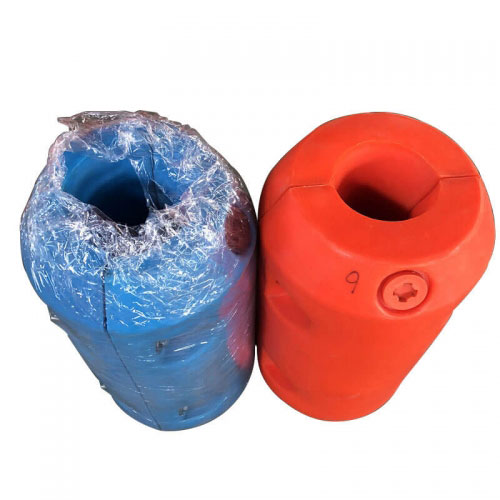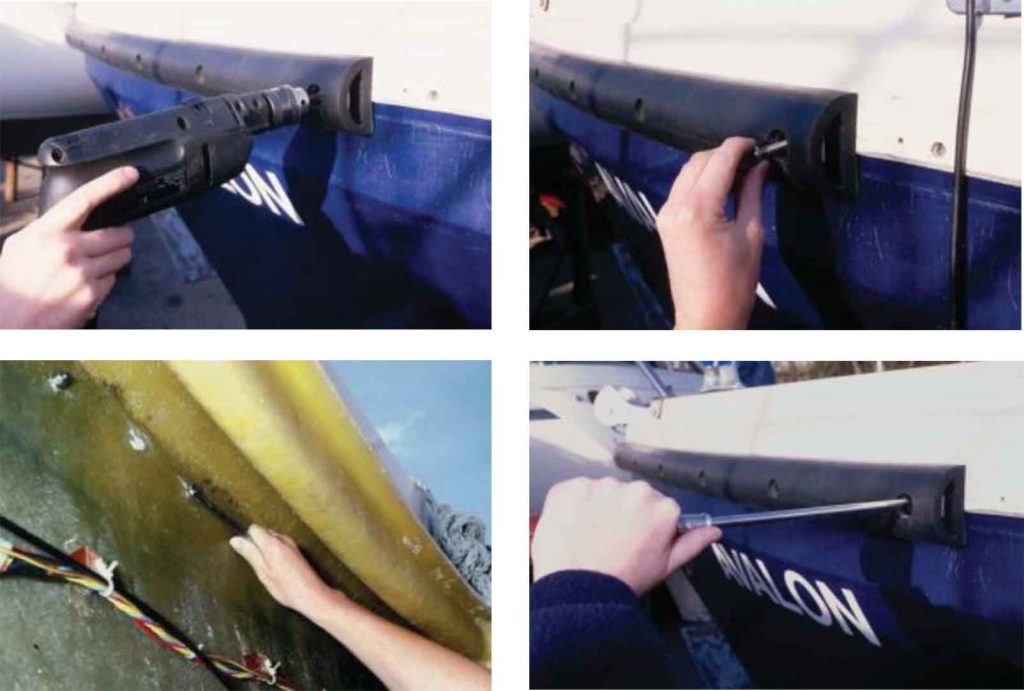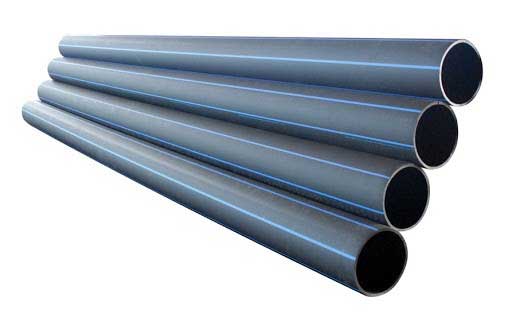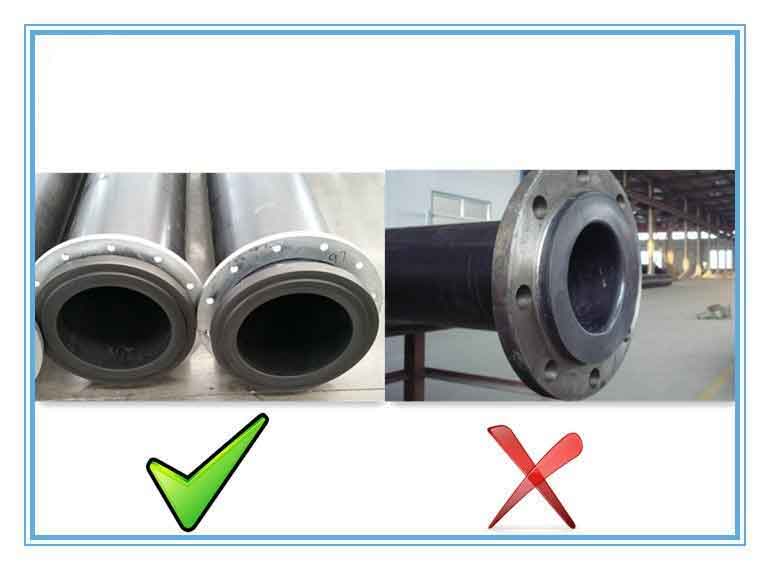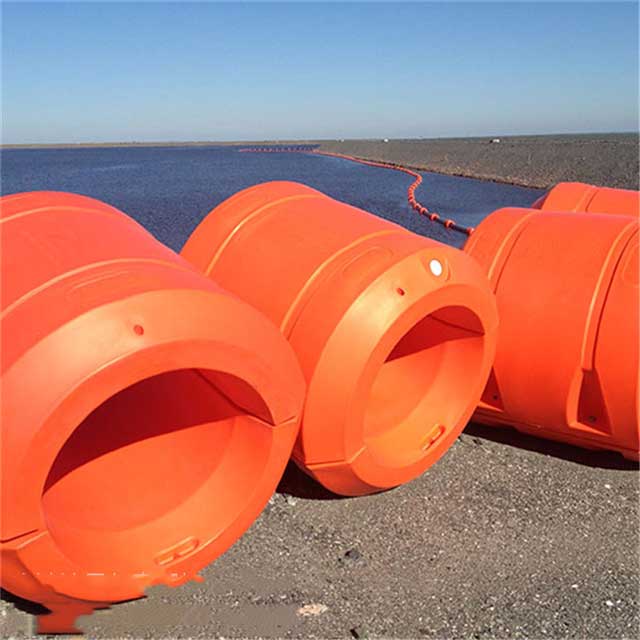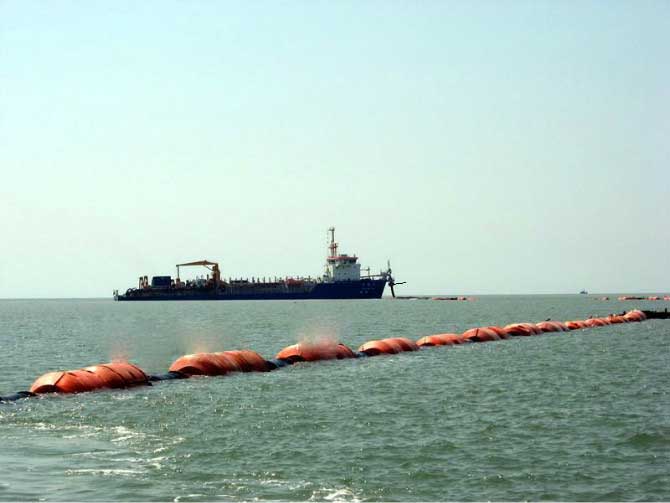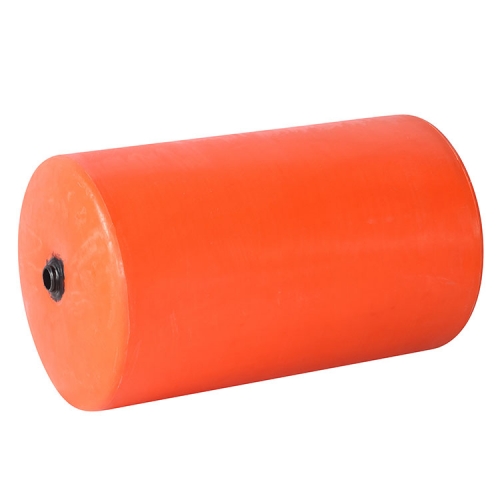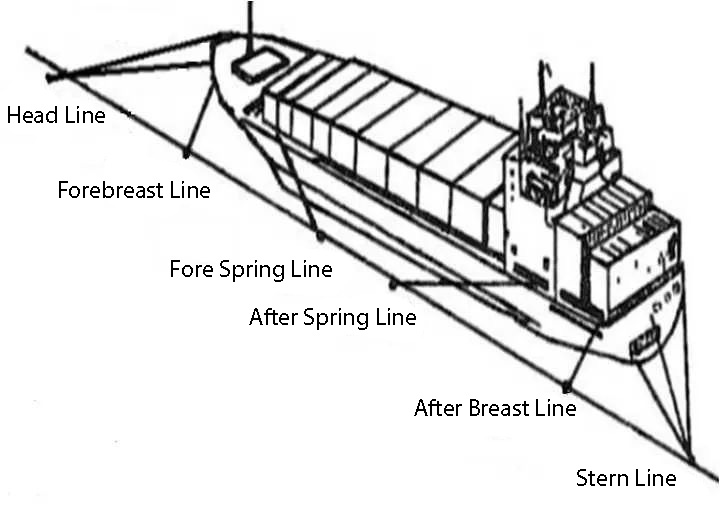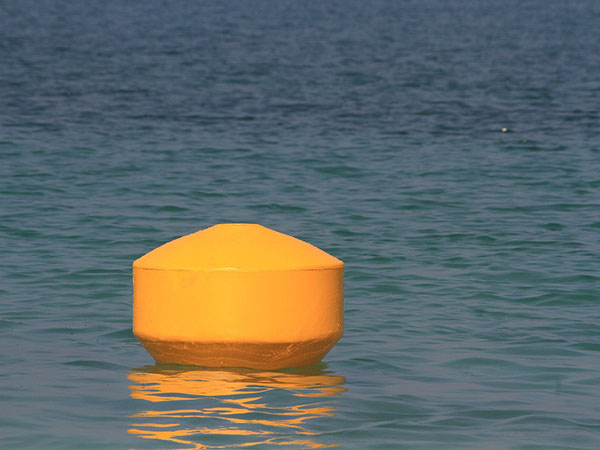What is PE pipe?
PE pipe is a thermoplastic resin obtained by polymerization of ethylene, and its full name is polyethylene. PE is odorless and non-toxic, feels like wax, has excellent low temperature resistance, and has good chemical stability, and can resist most acids and alkalis. PE pipes are used in a wide range of fields, and the dredging pipe floats made of PE material are also one of its main applications.
According to different polymerization reaction conditions such as temperature, resins of different densities can be obtained, so there are high-density polyethylene, medium-density polyethylene and low-density polyethylene.
PE pipe characteristics:
- Reliable connection: PE pipe systems are connected by electrothermal melting, and the strength of the joint is higher than that of the pipe body.
- Good impact resistance at low temperature: The low temperature embrittlement temperature of PE pipe is extremely low, and it can be used safely in the temperature range of -60-60°C. During winter construction, due to the good impact resistance of the material, the pipe will not be brittle.
- Good resistance to stress cracking: PE pipe has low notch sensitivity, high shear strength and excellent scratch resistance, and its resistance to environmental stress cracking is also very prominent.
- Good chemical corrosion resistance: PE pipes can withstand the corrosion of various chemical media, and the chemical substances in the soil will not cause any degradation to the pipes. At the same time, polyethylene is also an electrical insulator, so it will not rot, rust or electrochemically corrode. Additionally, it does not promote algal, bacterial or fungal growth.
- Aging resistance and long service life: polyethylene pipes containing 2-2.5% evenly distributed carbon black can be stored in the open air or used for 50 years without being damaged by ultraviolet radiation.
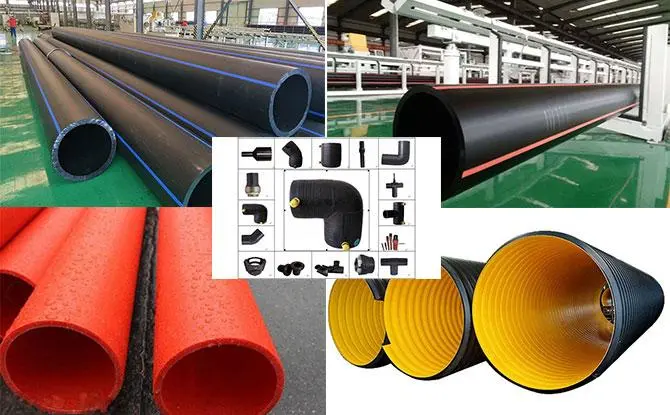
12 common FAQs of PE pipes
There will be some unexpected quality problems in the production process of PE pipes, which are generally caused by machines or raw materials. Here are some typical questions for your reference:
1. Surface waviness
Reasons:
- Insufficient cooling;
- The size of the sealing ring is not accurate, causing vibration.
Solutions:
Increase the water intake of the sizing sleeve or increase the distance between the mouth mold and the sizing sleeve. Check the size of vacuum groove seal ring, if it is small, change or reduce the vacuum degree of the first vacuum groove appropriately and increase the vacuum degree of the second vacuum groove.
2. Surface pitting (mainly on the inner wall)
Reasons:
- There are impurities in the raw materials;
- The cleaning between the die and the mandrel is not good;
- The temperature of some parts is too high, causing aging.
Solutions:
- Check the raw material;
- Clean the mold;
- Check the temperature sensor.
3. Surface pockmark
Reasons:
- The raw material is damp and the bubbles are broken;
- The water flow in the sizing sleeve is not enough.
Solutions:
- Dry the raw material;
- Adjust the water or change the sleeve.
4. Surface hot spots
Reasons:
- Insufficient water flows in the sizing sleeve.
Solutions:
- Increase the water flow in the sizing sleeve or replace the sleeve and add more water.
5. Axial roughness of inner and outer surfaces
Reasons:
- Raw material moisture is too high.
Solutions:
- Dry raw materials.
6. The surface is not bright
Reasons:
- Inappropriate melt temperature or raw material quality problems.
Solutions:
- Adjust the melt temperature or replace the raw material.
7. Outer surface scratches
Reasons:
- Sizing sleeve, pallet or seal ring with gravel.
Solutions:
- Clean the sleeve, pallet or seal ring.
8. Surface waterline
Reasons:
- The water holes in some parts of the cuffs are blocked, and some holes have too much water.
Solutions:
- Clean the sleeve.
9. Inner wall grooving (mainly on thick-walled pipes)
Reasons:
- The wall thickness of the melt is not easy to cool and flow.
Solutions:
- Use central cooling system to reduce the temperature of die and mandrel.
10. Uneven wall thickness
Reasons:
- The die or mandrel screws are loose, and the gap between the dies is unreasonable;
- The temperature of the die or mandrel is uneven, resulting in different flow rates;
- The sizing sleeve and the die are misaligned, and the spiral rotating spreader or screen is blocked.
11. Reduce elongation at break
Reasons:
- Unqualified plasticization of raw materials;
- Increased orientation and cleanliness.
Solutions:
- Adjust the temperature to make the plasticization better;
- Increase the distance between the die and the sleeve.
12. Large Ellipse
Reasons:
- Gravity
Solutions:
- Install a correction device.
PE pipe manufacturers must establish standard operating procedures and processes and strictly control the production process in order to achieve quality control and reasonable cost reduction.
On the other hand, manufacturers must accumulate rich experience in order to try to solve various problems that arise during the production process.

